There are various thermal insulation materials for roofs.
Roof insulation is vital for maintaining energy-efficient buildings by minimizing heat loss through the roof. It helps reduce energy bills, enhance indoor comfort, and lessen environmental impact. However, choosing suitable insulation can be challenging due to various available options.
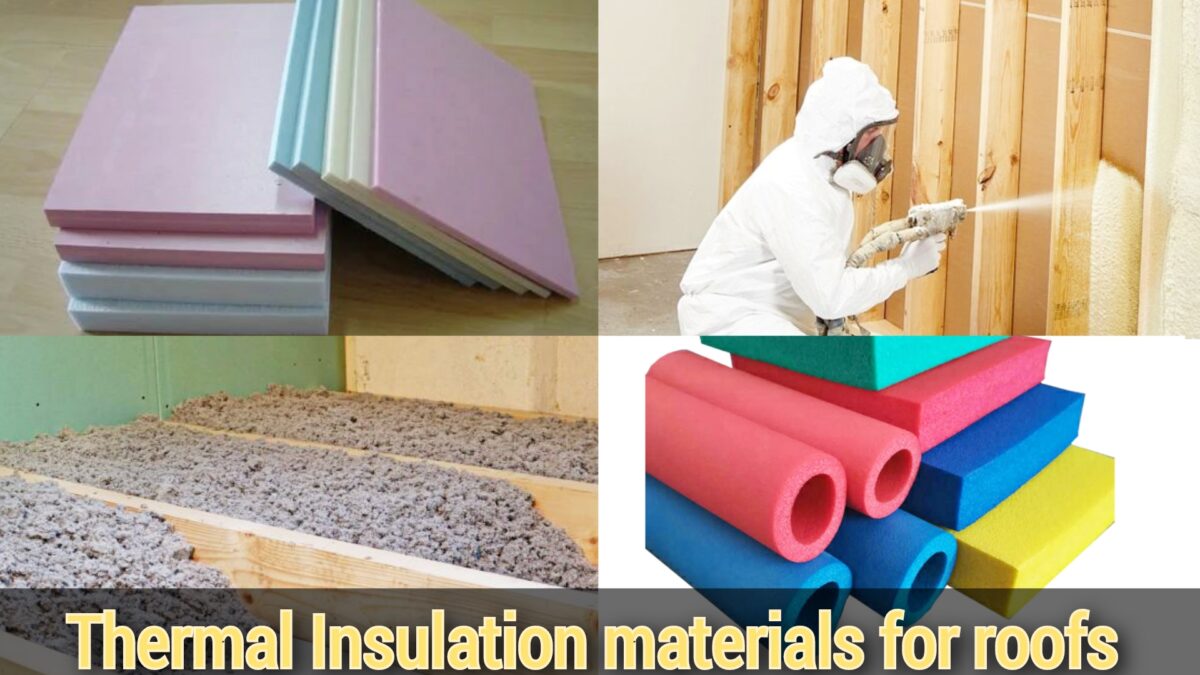
Different roof insulation materials possess unique characteristics, advantages, and disadvantages. Fiberglass and cellulose are cost-effective and easy to install, while polyurethane foam offers superior insulation and air sealing. The selection of insulation material depends on factors like local climate, roof type and condition, and budget.
This article explores diverse roof insulation materials, their pros and cons, and factors to consider when choosing the appropriate material for your roof insulation requirements.
Table of Contents
1. Rigid Insulation Panel
Rigid insulation panel is a special material made from foam sheets. It can be made from different things like polyurethane or polyiso. People use it to keep their homes cozy and warm.
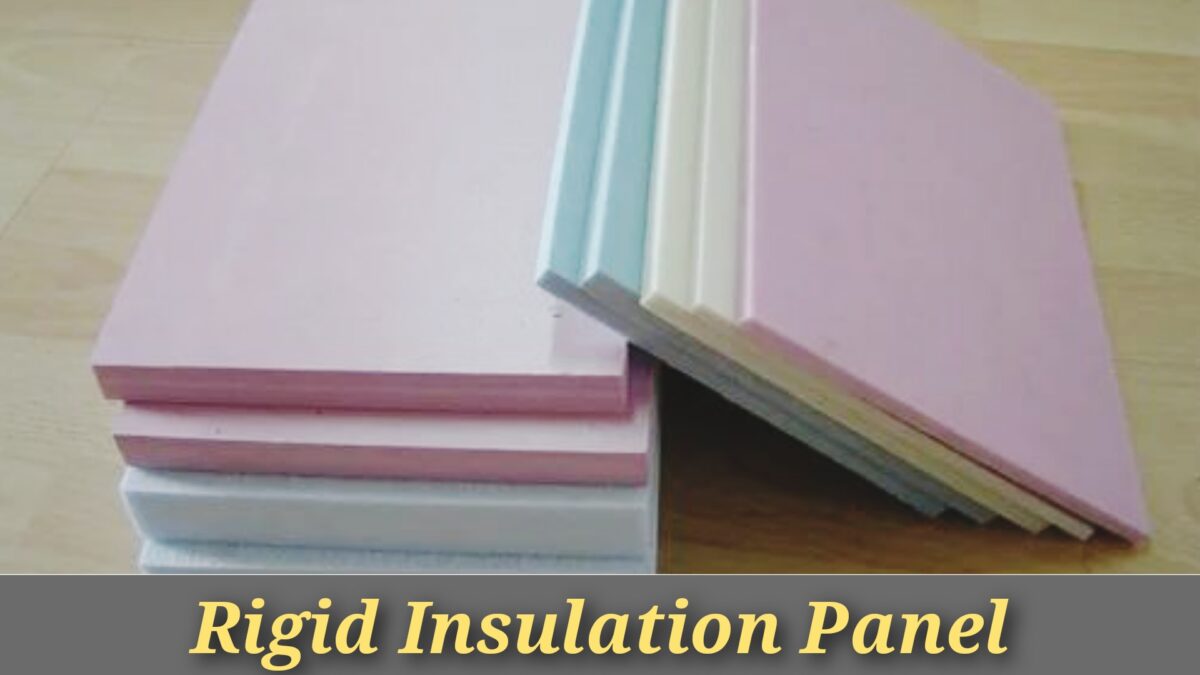
There are three types of foam: foil-covered foam, pink or blue foam, and white foam. Foil-covered foam is the most expensive but keeps the heat out very well. Pink or blue foam is smooth and can resist water. White foam is cheaper but doesn’t insulate as much.
Foam is great for basements, roofs, and other parts of the house. It helps keep the heat in and saves energy.
2. Structural Insulation Panel
The structural insulation panel is a special type of insulation that helps save energy, but it can be more expensive than other roof insulation materials.
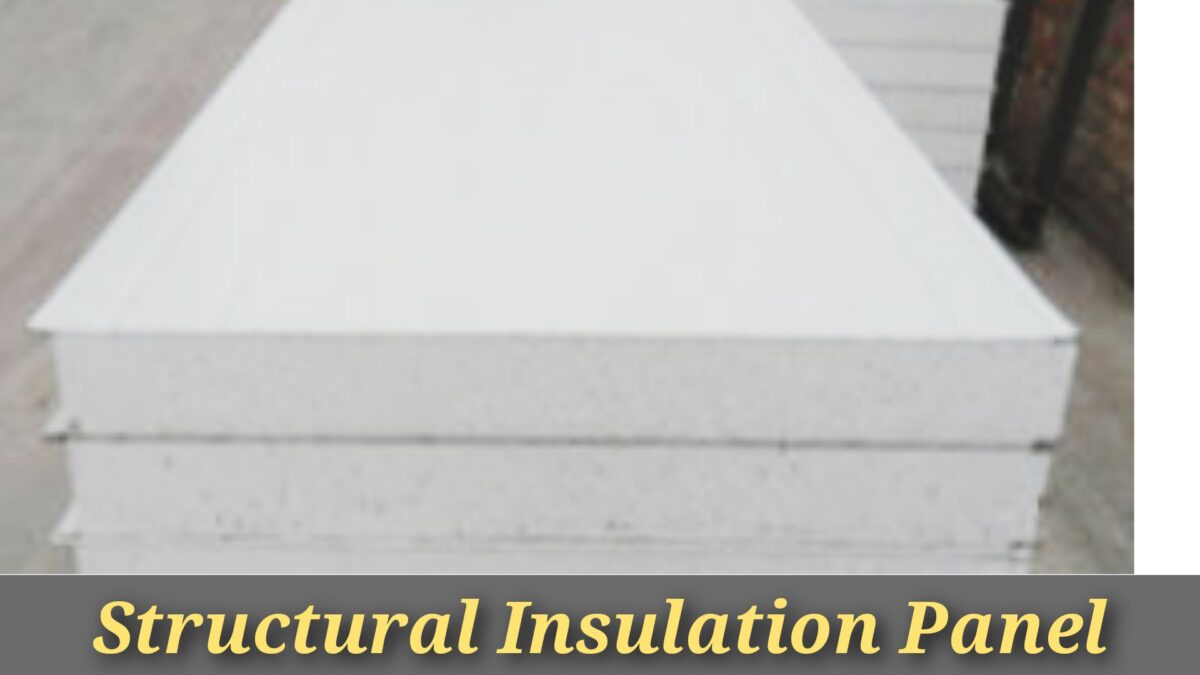
It comes in different sizes, usually between 4ft to 8ft, but sometimes even larger.
This panel is made from prefabricated boards with foam in between, and it can be customized into different shapes and sizes.
3. Fiber Glass Insulation:
Fiberglass insulation is a thermal insulation material that effectively reduces heat transfer and enhances energy efficiency in buildings.
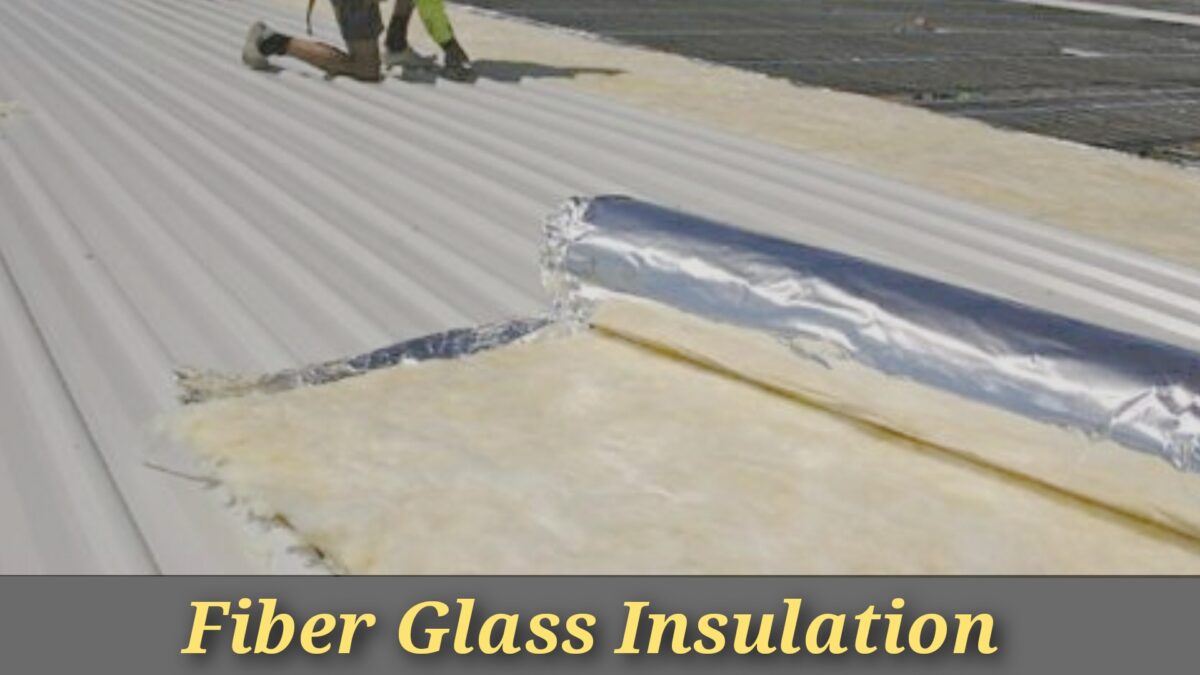
Manufacturers create it by tightly weaving or blowing fine glass fibers into a fluffy mass. The fibers trap pockets of air, thereby slowing down heat transfer through conduction and convection.
Builders commonly install fiberglass insulation in walls, ceilings, and attics to create a barrier against heat loss or gain. This helps maintain comfortable indoor temperatures and reduces energy consumption for heating and cooling purposes.
4. Spray Foam Insulation:
Spray foam insulation is a special kind of material that is used to keep houses warm or cool. It is like a liquid that turns into a fluffy foam when it is sprayed on walls or roofs.

When this foam expands, it fills up all the small spaces and makes a tight seal, like a blanket, so that no air can get in or out. This helps to keep the temperature inside the house comfortable and stops the heat or cold from escaping.
Spray foam insulation also helps to block sounds and keep the house quiet. It also stops moisture from getting inside the walls, which can cause damage.
5. Cellulose Insulation
Cellulose insulation for roofs is a special material that helps keep buildings warm or cool. It is made from recycled paper and other plant fibers.
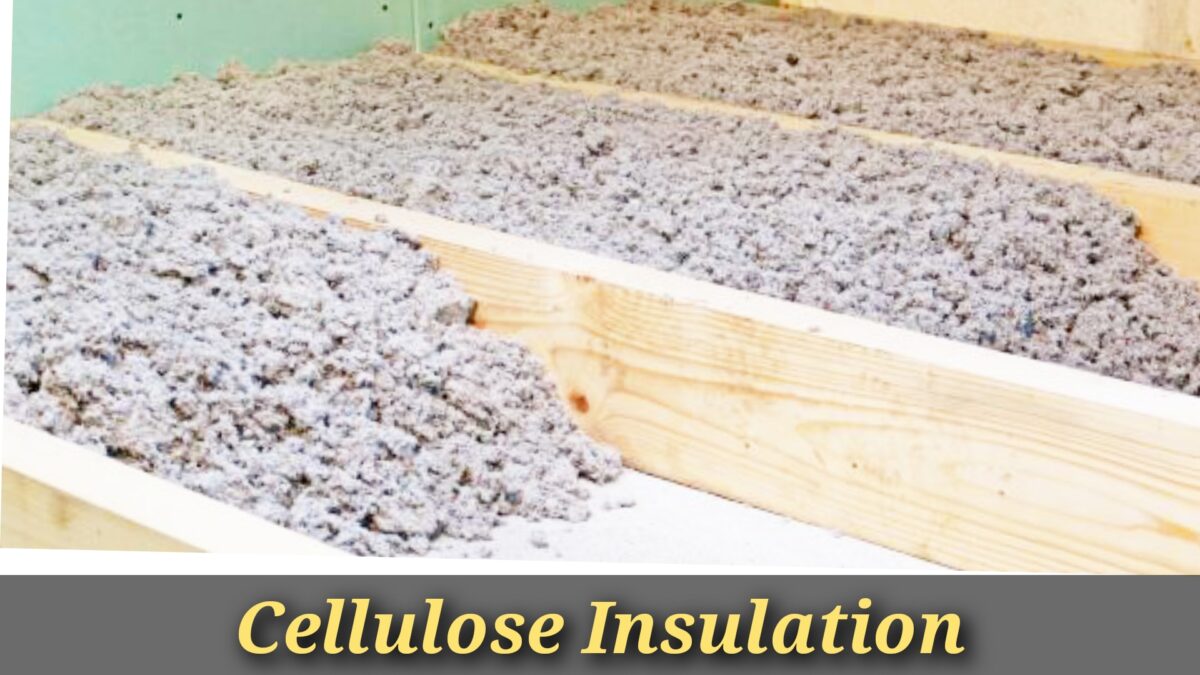
This insulation is fluffy and soft like cotton candy. It gets blown or sprayed into the roof spaces to make a thick layer. It’s like putting on a cozy blanket for the house!
This layer stops the heat from escaping in the winter and keeps the cool air inside during the summer.
It also helps to block out noise and keeps pesky bugs away. Using this type of insulation is good for the environment because it is made from recycled materials.
6. Radiant Roof Insulation
Radiant barriers work by reflecting radiant heat instead of impeding conductive and convective heat movement, unlike most traditional insulation methods.
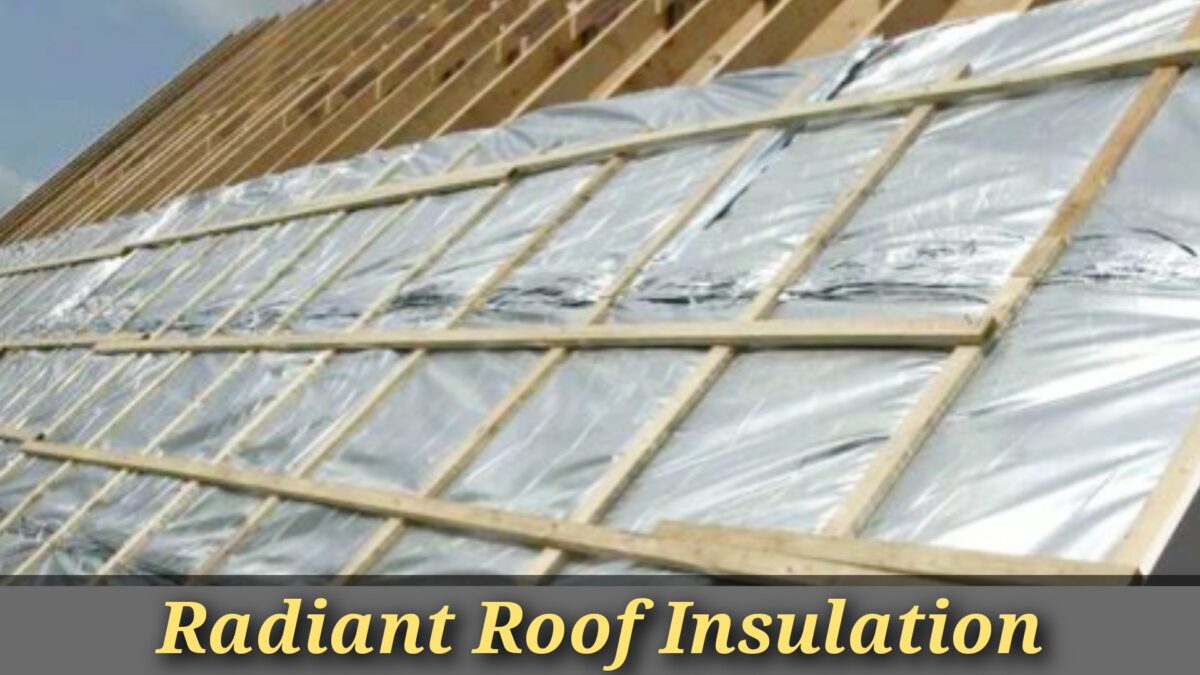
These radiant barriers are typically installed in the attics of homes to minimize heat absorption during summer, resulting in reduced air conditioning expenses.
This innovative technique of using radiant roof insulation materials is an effective way to save households a significant amount of money on their energy costs.
The Radiant Roof Insulation proves effective in hot weather. The Radiant Roof does not deteriorate over time. Mold growth is not a concern with this Radiant insulation.
The effectiveness of the Radiant Roof is lower in cold climates. The Radiant Roof is prone to contamination from dirt and dust.
7. Plastic Foam Insulation
Plastic foam insulation is a popular choice for roof insulation. It is a lightweight and effective insulating material made from plastic polymers. Plastic foam insulation is installed in the roof to minimize heat transfer and improve energy efficiency.
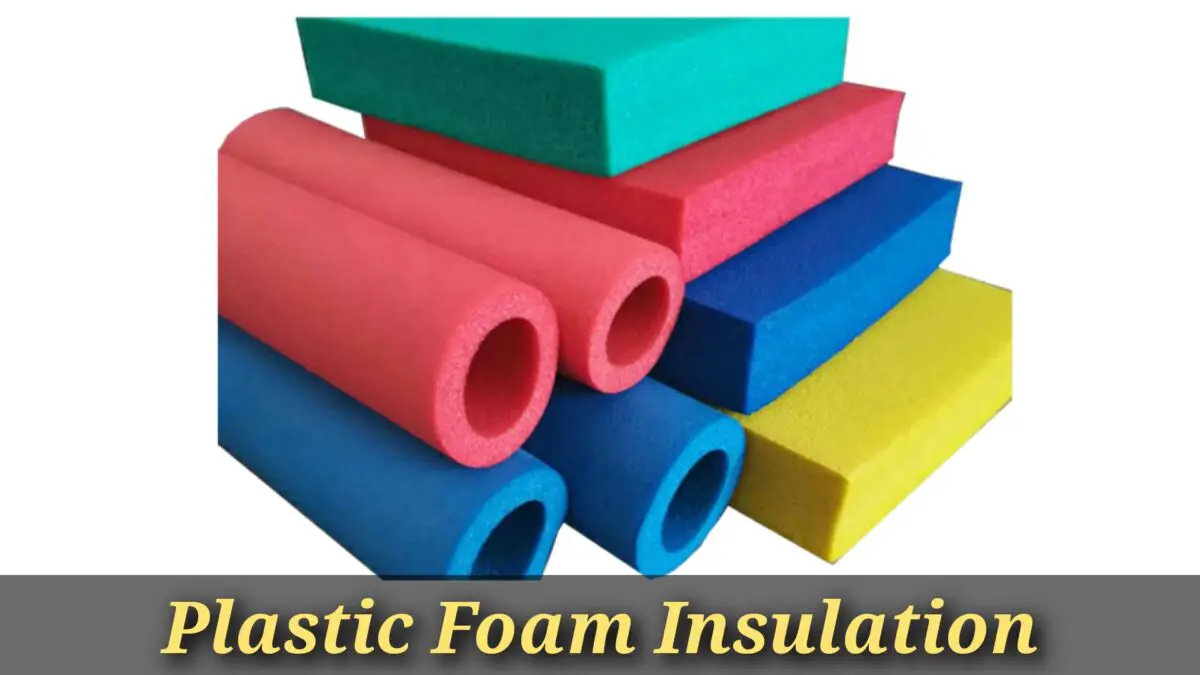
There are different types of plastic foam insulation used for roofs, including expanded polystyrene (EPS), extruded polystyrene (XPS), and polyisocyanurate (polyiso) foam. These materials have excellent thermal insulation properties and are designed to withstand the challenges of the roof environment.
Plastic foam insulation helps to maintain a comfortable temperature inside the building by preventing heat loss during cold weather and heat gain during hot weather. By reducing heat transfer, it helps to lower energy consumption and decrease heating and cooling costs.
Faqs
Common types of roof insulation materials include fiberglass, cellulose, spray foam, rigid foam boards, and reflective insulation.
Spray foam insulation is known for its excellent thermal performance as it provides a continuous and airtight seal, minimizing heat transfer and air infiltration.
Yes, there are eco-friendly roof insulation materials available. Examples include cellulose insulation made from recycled paper fibers and rigid foam boards made from materials like soy or vegetable-based components.
Yes, certain roof insulation materials can provide soundproofing benefits. Fiberglass and cellulose insulation, for instance, can help reduce noise transmission from outside sources.
Choosing the right roof insulation material depends on factors such as your climate, budget, and specific needs. Consulting with a professional insulation contractor can help you assess your options and select the most suitable material for your home.
